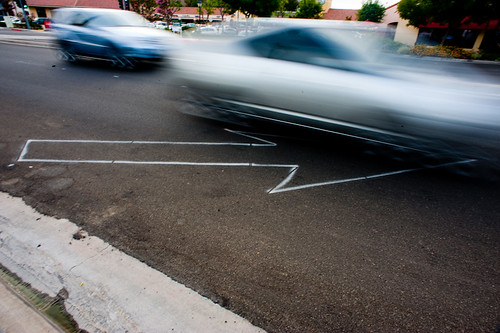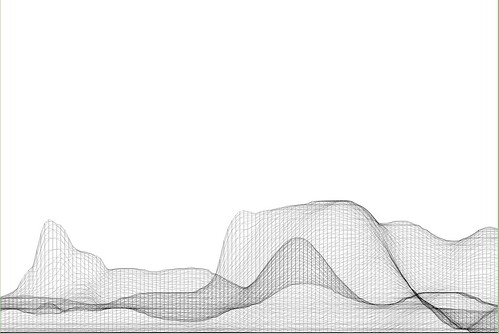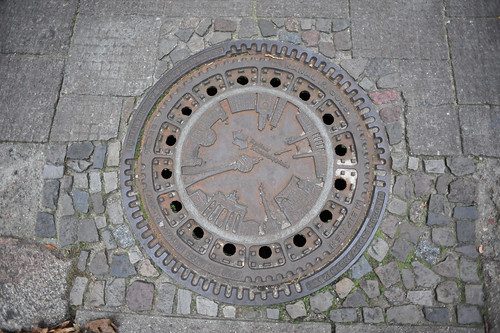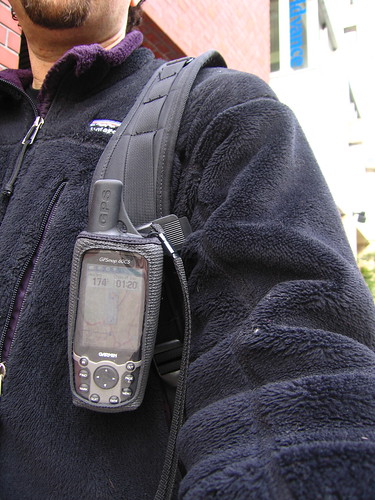Coming up is an exciting sounding workshop on the “urban internet of things — programming the real-time city.” Some more opportunities to get this one right..or at least human.
** As more people move to cities, it becomes increasingly challenging )) the necessarily understated preamble (( to build efficient )) maybe we shouldn’t even hope for efficiency (( infrastructures that support the needs of inhabitants without sacrificing the quality of life. The increasing digital instrumentation of urban areas through various networked sensors provides many opportunities to design smarter cities )) smart? i’d settle for clever and wily (( through a meaningful interpretation and usage of all this real-time data. In today’s world, there are strong incentives to leverage the most recent technologies to create digital infrastructures that foster collaboration between the different disciplines involved in urban design. By considering the IoT as a platform for engaging citizen’s action, a new design space is created where citizens are at the center of its urban environment and empowered to actively shape the city they live in.
The goal of this workshop is to gather original and inspiring contributions from technology experts, researchers in academia and industry, designers, urban planners, and architects that are willing to share their knowledge, experiences, and best practices for building smarter cities. We will explore the design of open and efficient platforms and tools to collect, analyze, store, and share the enormous amount of real-time data digital cities generate through a mix of papers, demos, invited presentations and open discussions for collectively create the city of the future. **
http://www.webofthings.com/urban-iot/2010/
Continue reading The Urban Internet of Things 2010. An International Workshop







